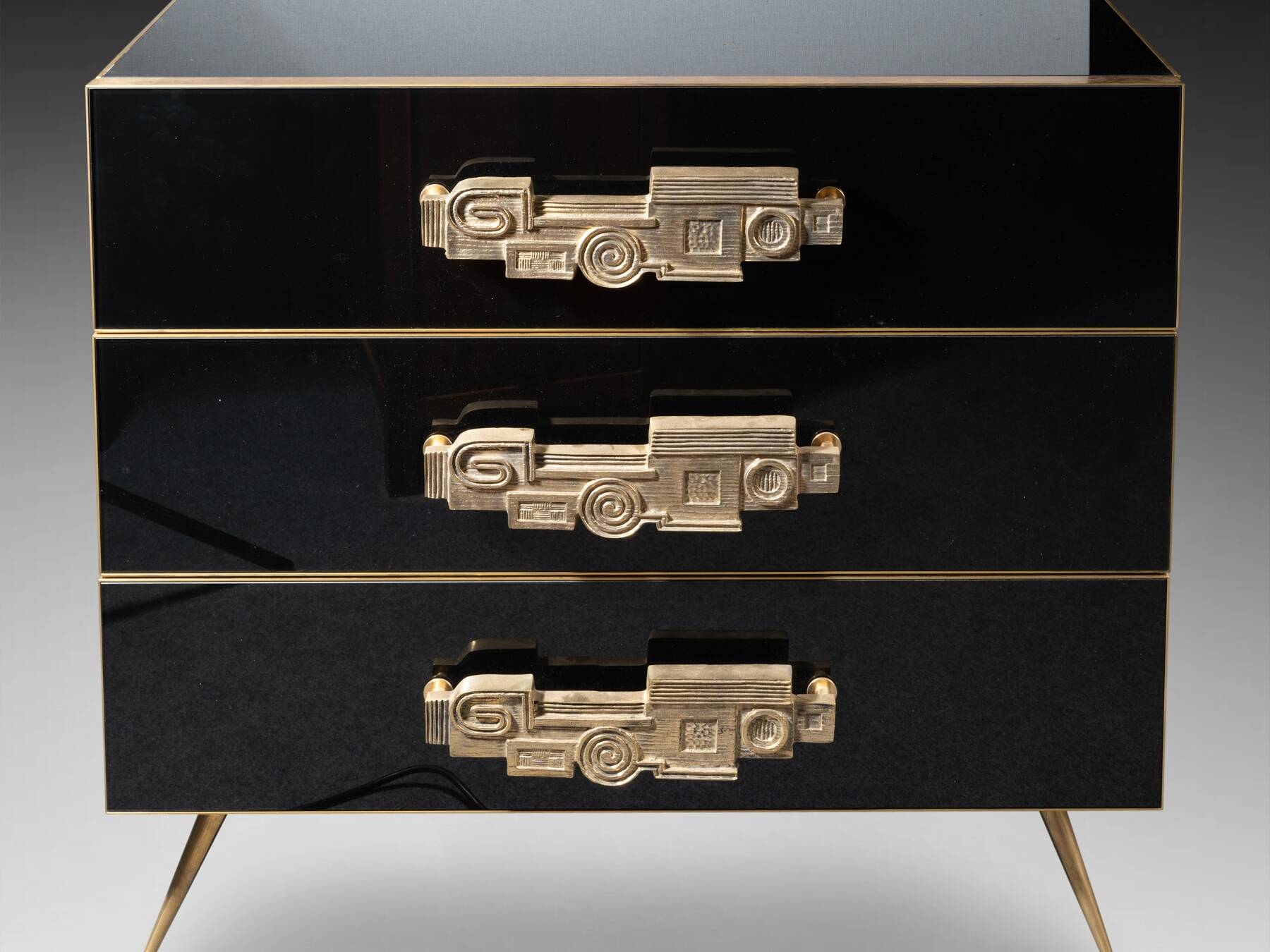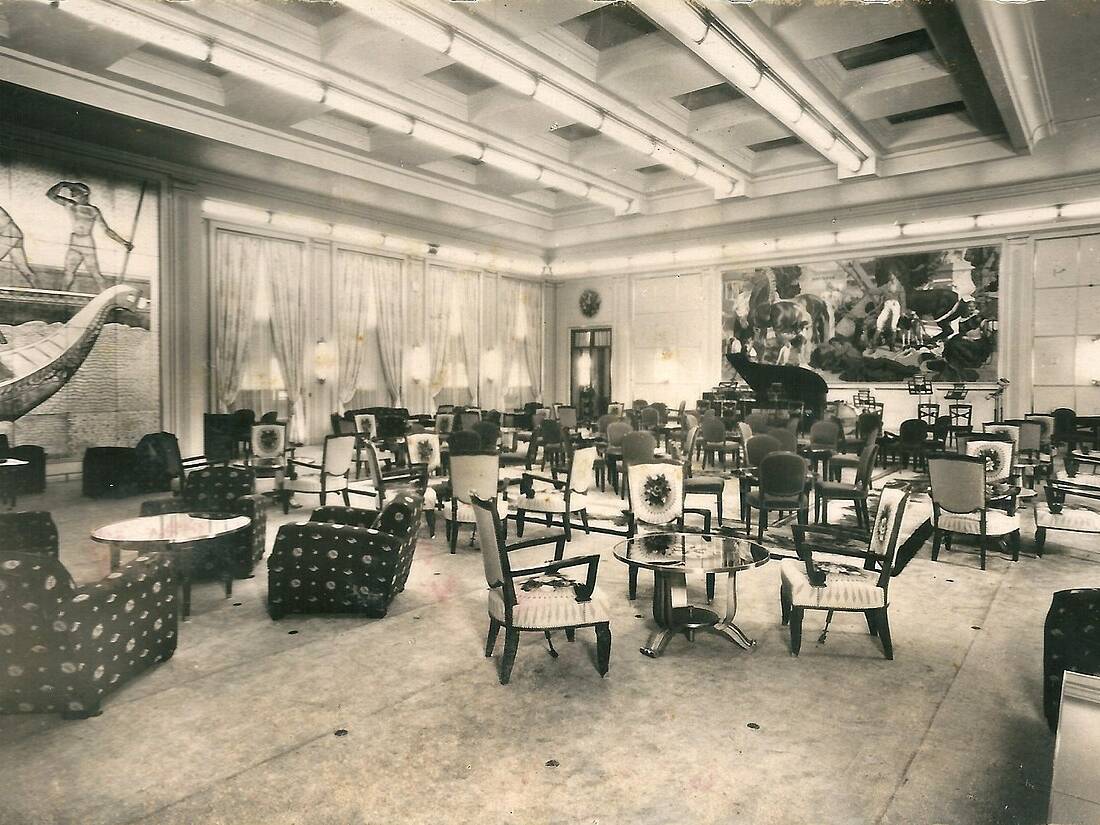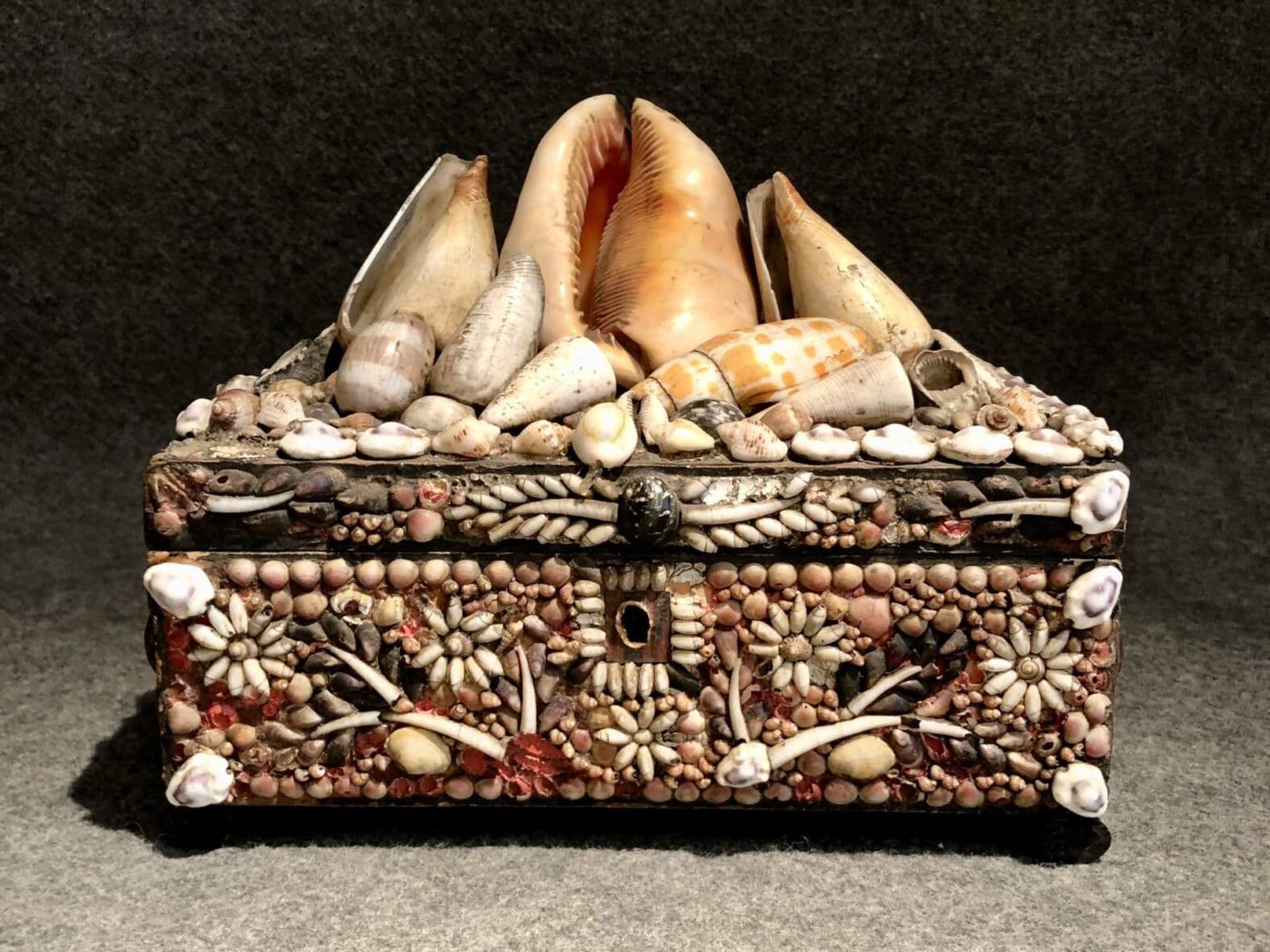L’Allée d’eau


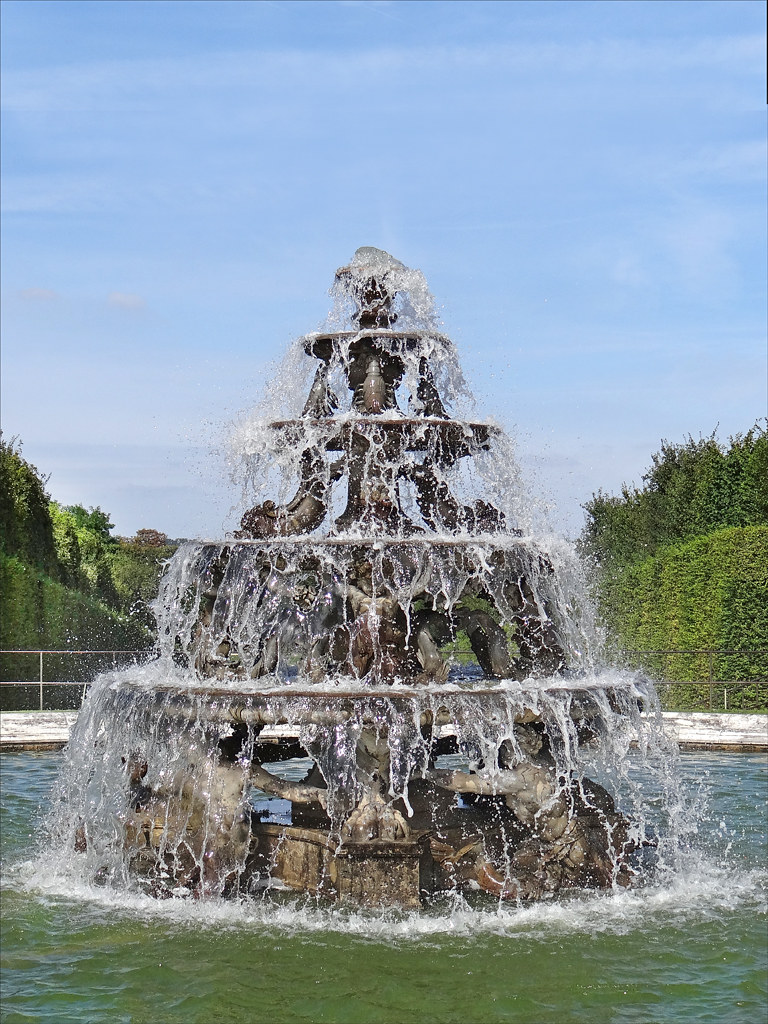
The Tritons of the Pyramid Basin
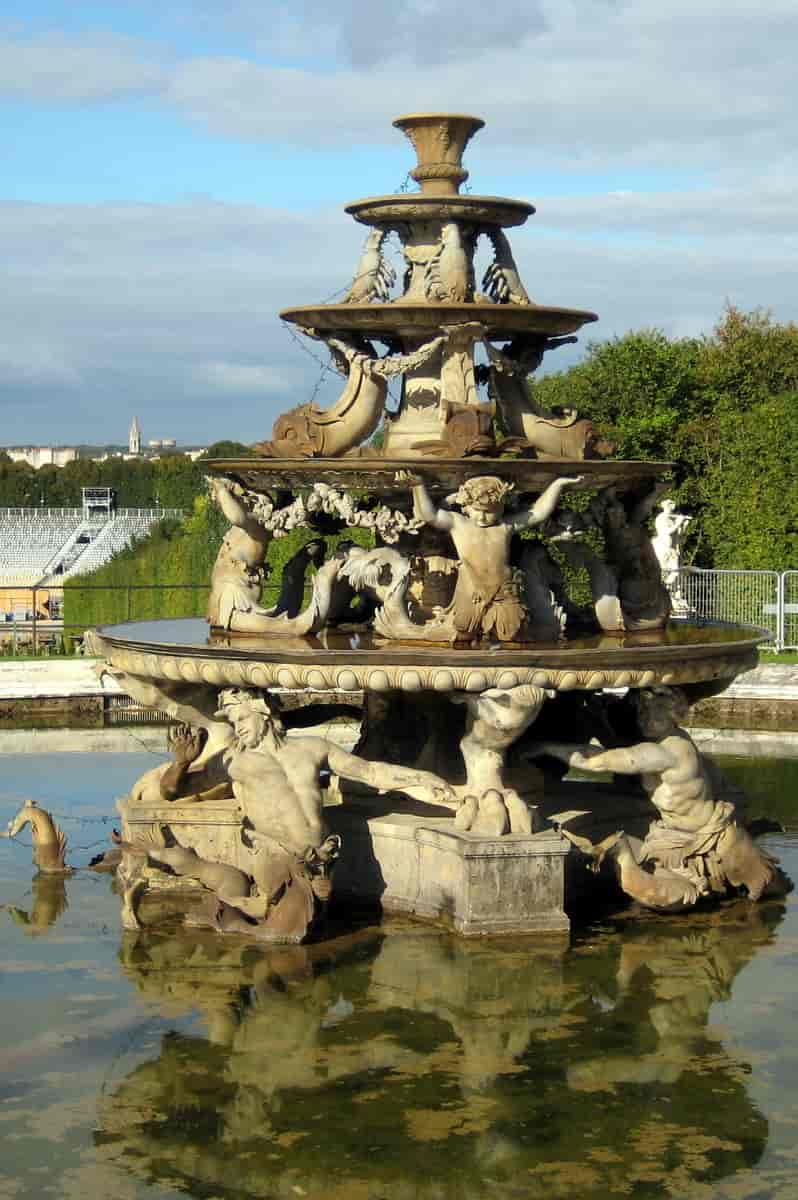
Girardon’s drawings reveal the research of the Baroque movement of this second half of the 17th century. The twists of the bodies, the research and the learned opposition of curves and counter-curves create a turbulent farandole that becomes even more animated under the waterfall.
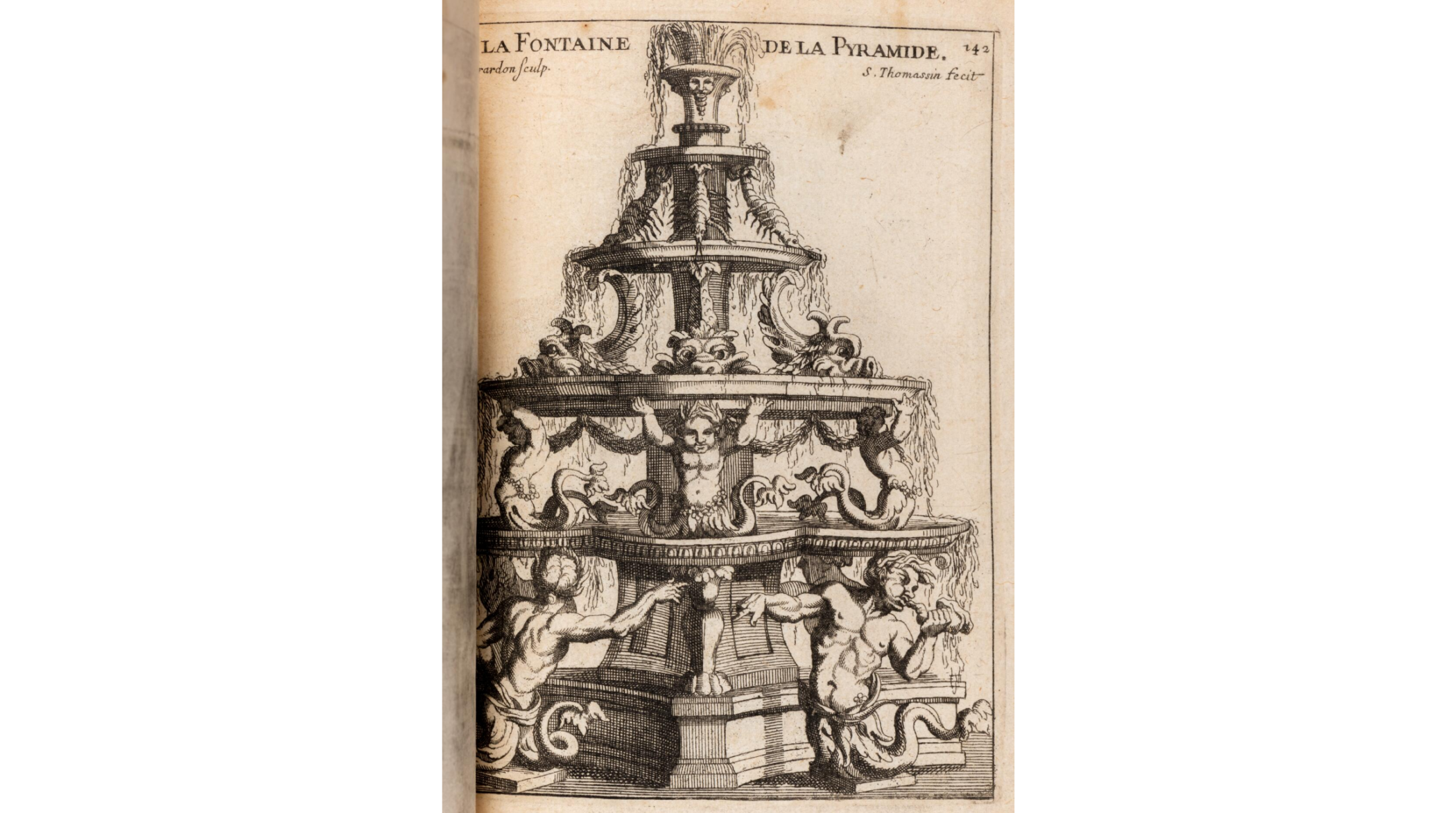
Our bronze is in this a living interpretation of these rapid newts, and it would undoubtedly not have been out of place in the eyes of a demanding François Girardon!

While in Versailles the project of making the lead fountain a bronze fountain was considered for the Pyramid Basin in 1684, it was never realized. However, we know from the archives that the fountain was gilded and bronzed when it was installed in 1671. The elements of the fountain were regularly rebronzed in the 17th and 18th centuries. In November 1822, the whole was described as being in a “state of almost total destruction”. It was then completely removed and restored. It was perhaps on this occasion that a bronzer came up with the idea of taking inspiration from the tritons of the fountain. Bronze was then preferred to lead and its patina suggests a use that was certainly shorter than at Versailles, but at least as intensive! The metal was thus enriched with delicate nuances, from bronze to deep green, giving this triton a unique cachet and a very baroque grace.

The Bassin de la Pyramide fountain was dismantled again between September 1939 and June 1941, as part of the passive defense. Our 19th century triton was probably also protected by its first owners. Today, it is a unique opportunity to install this work of art imbued with great History, from the Ancien Régime to the present day, in your home.
Marielle Brie de Lagerac
Art historian for the art market and cultural media.
Author of the blog L’Art de l’Objet
Autres ressources et documentations
28 June 2025
Plaster Sculptures, Plaster Casts
For a long time, plaster casts suffered from a poor reputation. Often regarded as crude replicas, and sometimes even dismissed as inexpensive imitations, they nonetheless had…
17 April 2025
The Middle-Ages Furniture
Rare and highly sought-after, Middle-Ages furniture is making a strong comeback. An overview of this market, where enlisting the guidance of a professional is strongly advisable.
18 March 2025
Murano Glass Furniture
Since the beginning of the 20th century, Murano glassmakers have been exploring new horizons. After classic lighting and decorative art, Murano glass is now used to adorn…
18 November 2024
Tyco Bookcase, by Manfredo Massironi, for Nikol International
A pure creation of optical art research in the 1960s, the Tyco library shelf designed by Manfredo Massironi invites the viewer to bring the work of art to life on a daily basis.
3 August 2024
The Ocean Liner Style
In the 20th century, the immense ocean liners connecting the Old Continent and the New World were ambassadors of tastes and innovations on both sides of the Atlantic.
15 July 2024
An 18th Century Shell Box
From the Regency to the death of Louis XV, the art of the shell was the center of all attention.



